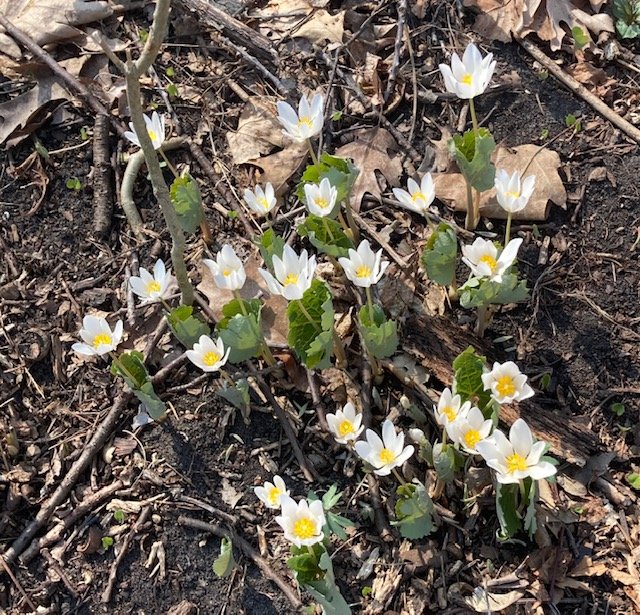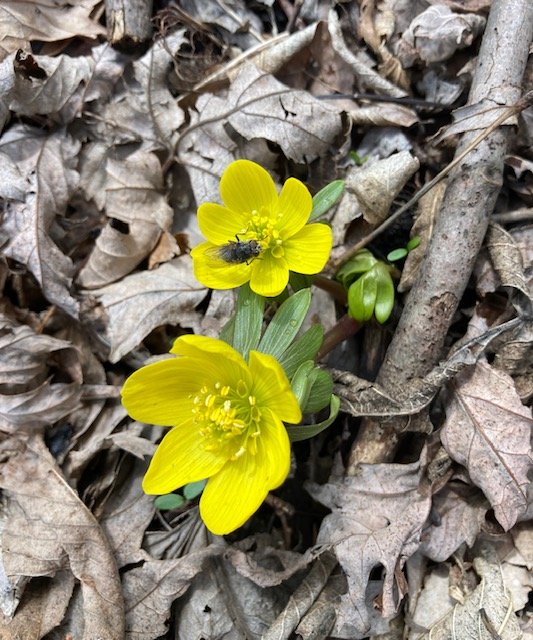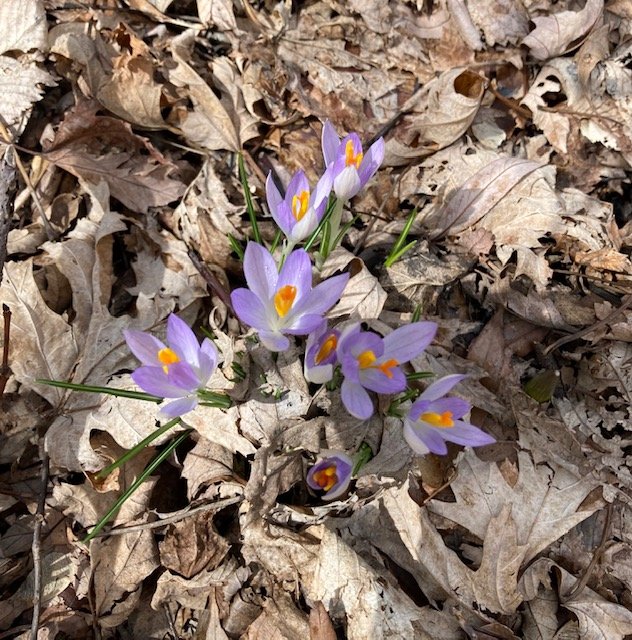Spring Ephemerals
With the spring season upon us, the ephemerals will be making their brief appearance. It is a very exciting time of year if you are into plants-you must get out and see them before they are gone! These plants do not stick around for very long. They shine for a brief period only to go into dormancy until next spring. Ephemerals are truly a gift from nature signaling the end of a long, cold winter.
Spring ephemerals are plants that have very short life cycles as they bloom for a very short period. Their growth is triggered by warm weather. Contrary to popular belief and even at this time of year, there are insects such as bees, flies, gnats and butterflies that are active and need food. Spring ephemerals provide pollen and nectar for these insects. Early blooms also help lay the foundation for healthy insect populations throughout the summer season.
Some examples of spring ephemerals are Bloodroot (Sanguinaria canadensis), Trout Lily (Erythronium americanum), Shooting Star (Dodecatheon meadia) and one of my personal favorites, Virginia Bluebells (Mertensia virginica).
There are a few unique characteristics about Virginia Bluebells. Because they have so little time to produce seeds, this plant has evolved two adaptations to improve the rate of reproductive success. A pH change causes the pink buds to become blue flowers because blue is more attractive to the long-tongued bees that pollinate them. Secondly, after a flower is pollinated, the petals fall off. This forces pollinators to specifically visit only flowers that still need pollination.
Bluebells also provide nectar to local pollinators in the early spring. Bumblebees are somewhat uncommon visitors to the flowers because the position of the flower requires the bee to hover, which makes for a lot of work. Butterflies are a more common pollinator since these insects can grasp the edges of flower petals as they explore pollinate individual flowers.
So get out there and do some exploring! Because there is a lot of dead foliage and not many things have started to grow, the bright flowers of the spring ephemerals are easy to spot. Please be respectful of these transitory plants. Do not harvest (some are threatened species or on the brink of endangerment, like the wild ramp) or disturb them so that others can enjoy and of course for the pollinators that depend on them.
Photos show from left to right, top to bottom: Wild Leek (Allium trococcum), Bloodroot (Sanguinaria canadensis), Virginia Bluebells (Mertensia virginica), Buttercup (Ranunculus spp.) and Crocus (Crocus spp.)




